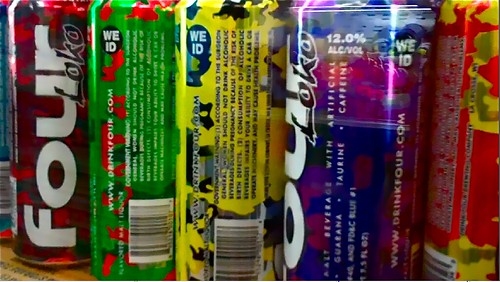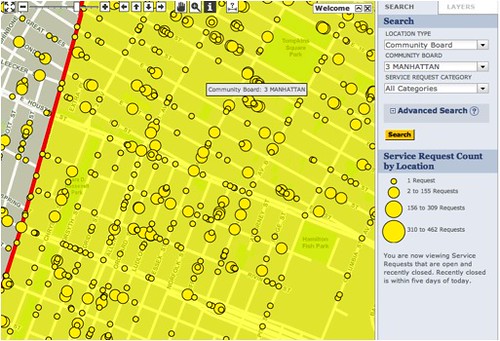 Chelsia Rose Marcius An image of a store shelf at the Houston Village Farm on the corner of First Avenue and Fourth Street featuring the banned version of the caffeinated alcoholic beverage Four Loko.
Chelsia Rose Marcius An image of a store shelf at the Houston Village Farm on the corner of First Avenue and Fourth Street featuring the banned version of the caffeinated alcoholic beverage Four Loko.Along the left-side wall of a bodega on Avenue B stands a row of glass door refrigerators, stocked with an assortment of alcoholic beverages from bottles of Budweiser to cans of Coors Light.
Three shelves down in the first fridge, there’s also another beer-like brew — Four Loko, the caffeinated alcoholic beverage that created a buzz before it was banned last year in several states, including New York.
The manager of this minimart — who spoke only on the condition of anonymity for fear of losing his job — said he knows it’s “illegal” to sell this version of the drink, an alcohol and caffeine combo that was manufactured by Phusion Projects last year before the company reformulated the product to eliminate caffeine. Yet more than seven months after the December 2010 ban took effect, several East Village establishments continue to sell the old Four Loko, a top selling brand name that brings some small businesses big bucks.
The Local visited 39 East Village establishments along Broadway, Third Avenue, Second Avenue, First Avenue, Avenue A, Avenue B, Avenue C and Avenue D. Of these, 26 sold the new, non-caffeinated Four Loko.
However, five stores — Le Basket, 683 Broadway; Houston Village Farm, 61 First Avenue; 1st Ave Village Farm & Grocery, 113 First Avenue; Village Magazine, Cigar & Gourmet Food, 102 Second Avenue; and 21 Produce Corp., 21 Avenue B. — were still selling the banned product, as of Thursday.
Read more…




